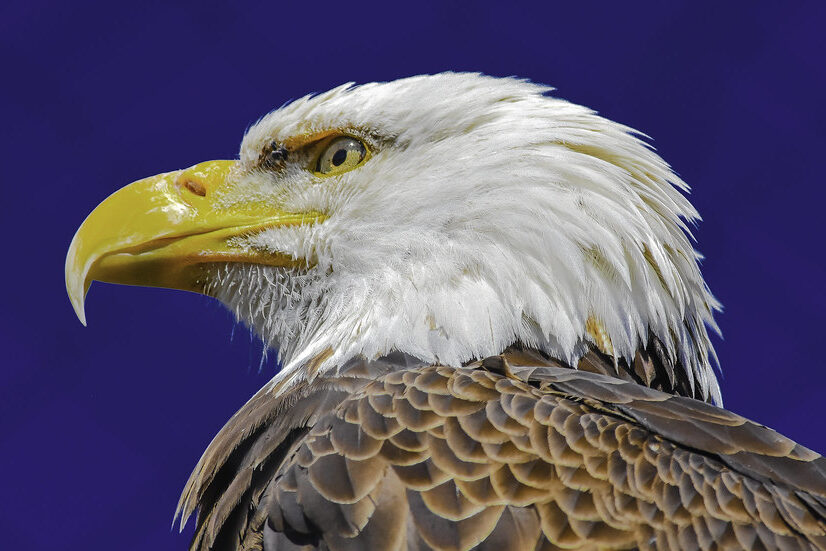
Many birds that were once everywhere in the sky are now becoming rare. They are vanishing because of a number of problems like habitat loss, climate change, and poaching. These birds aren’t just part of nature; they tell powerful stories about survival and change. Their struggles remind all of us how fragile life on Earth is. Here are 15 once-common birds that are now endangered.
Bald Ibis – The Punk Rocker of the Bird World

With its scruffy head and shiny black feathers, the bald ibis looks like it just walked out of a rock concert. These birds were once widespread from Europe to Africa, but centuries of hunting and habitat loss nearly wiped all of them out. Today, they’re so rare that when you see one, it feels like you have found a treasure. Conservationists are training young ibises to migrate using ultralight planes—bird aviation school!
Bald Eagle – America’s Symbol of Strength and Fragility
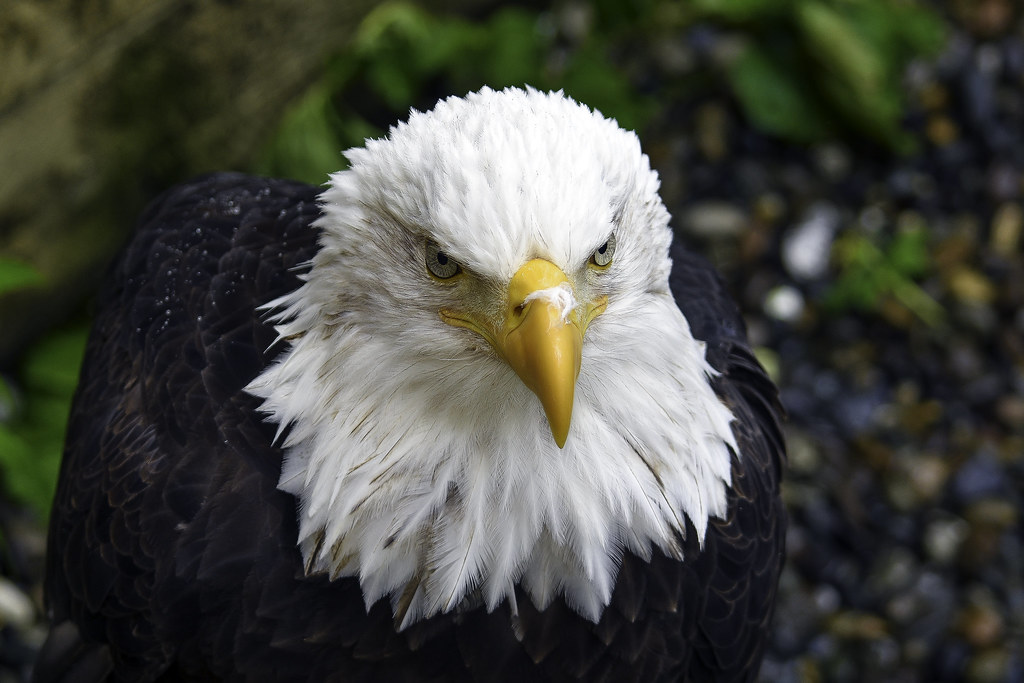
The bald eagle was once a strong symbol of freedom, but it nearly disappeared because of DDT pesticides. Wondering how? Well, these chemicals made the eggshells so thin that they broke before the chicks could even hatch. But you can still spot this bird today, thanks to all the conservation efforts and pesticide bans.
Atlantic Puffin – The Clown of the Sea
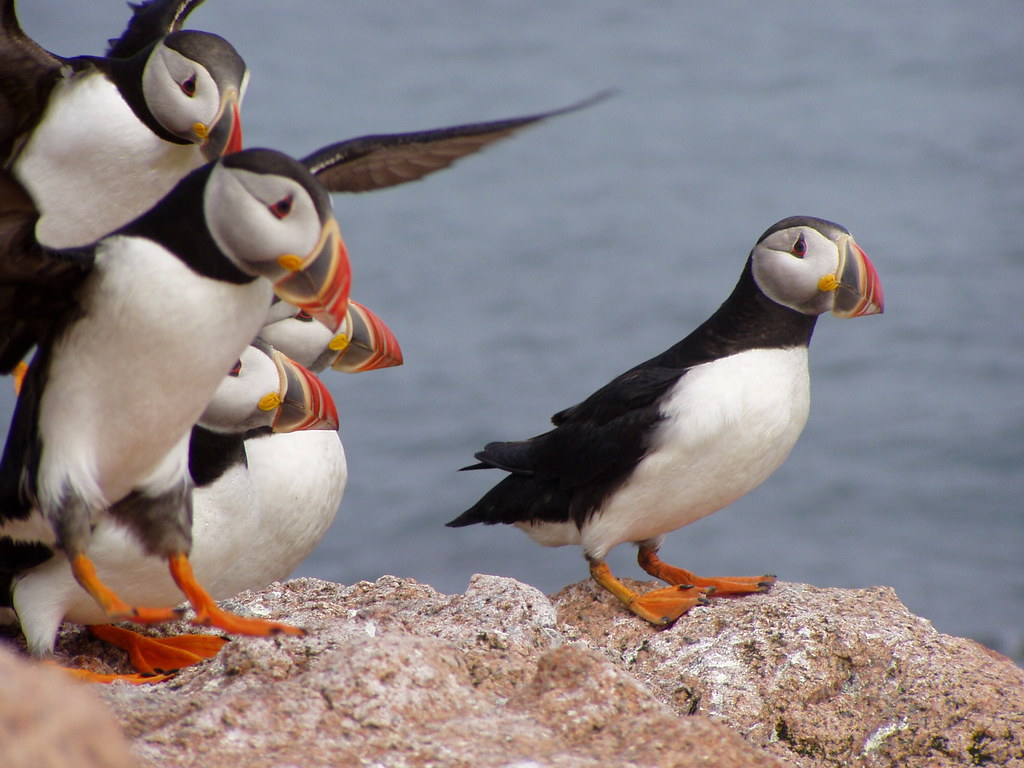
With their colorful beaks and waddling walk, Atlantic puffins are nature’s comedians. But their jokes are falling flat as overfishing is taking out their favorite meal—small fish like sand eels. On top of that, rising sea temperatures are forcing these fish to move farther away. That leaves the puffins to fly longer and work harder just to eat. Some colonies have seen steep declines, making these once-abundant birds a rare sight.
Grey Parrot – The Brainy Bird with a Big Problem
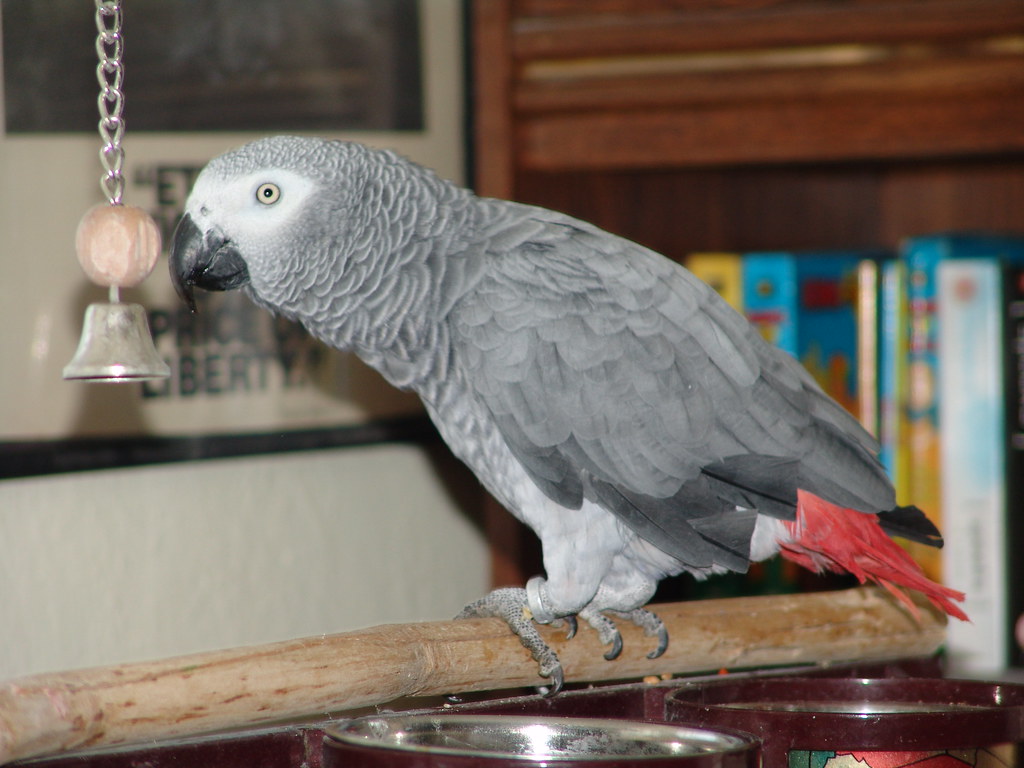
If you’ve ever seen a talking parrot mimic human voices, chances are it was a grey parrot. But their intelligence has made them a prime target for the illegal pet trade. These birds form tight-knit flocks in the wild, even holding “funerals” for lost members—a testament to their complex social lives. Sadly, capturing them to keep as pets and cutting down their forest homes have caused their populations to plummet.
Kākāpō – The Chubby Night Owl of New Zealand
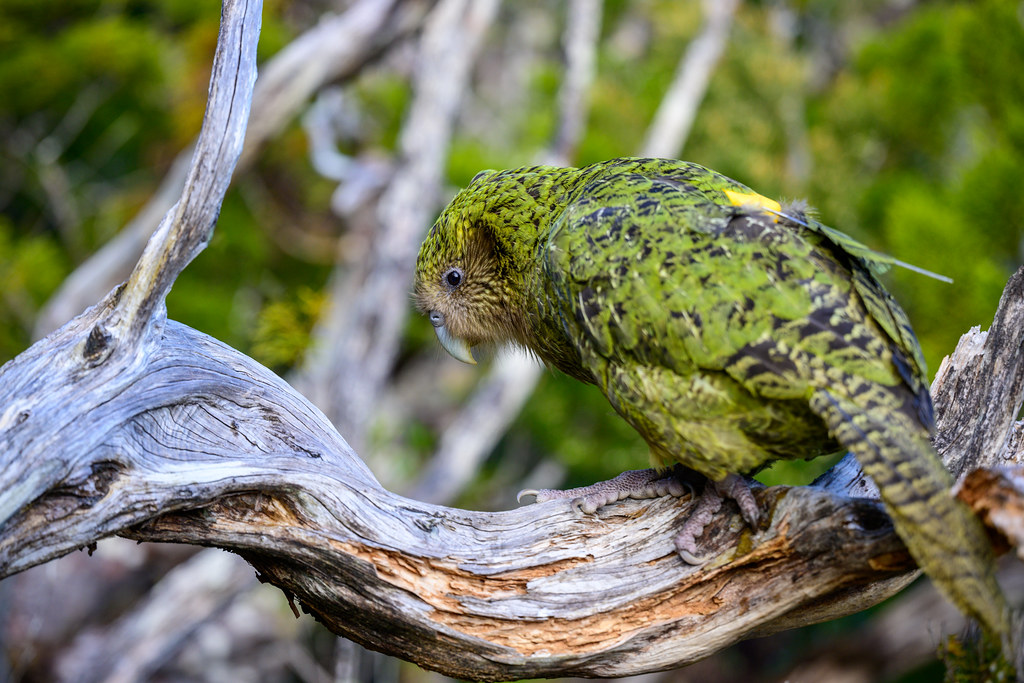
The kākāpō is a giant, flightless parrot that’s as cuddly as it is endangered. These nocturnal birds were once abundant in New Zealand’s forests, but when humans introduced rats and stoats, the kākāpō became super easy prey for predators. Conservationists have stepped in with creative solutions, even giving each kākāpō a name and closely monitoring their every move. As of now, fewer than 300 exist, so each one of them is a feathered VIP.
California Condor – The Giant That Fell from Grace
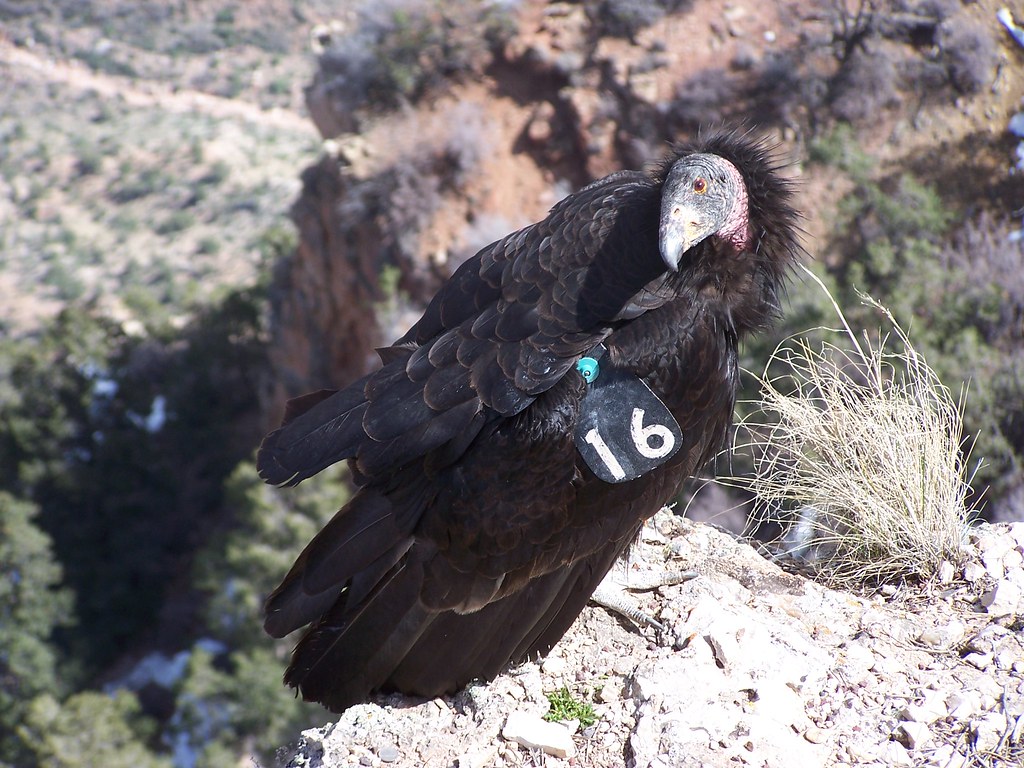
Imagine a bird with a wingspan as wide as a small car. Yes, they exist. We’re talking about the California condor—the largest flying bird in North America. Despite its size, this scavenger nearly vanished in the 1980s, with only 27 left in the wild. Lead poisoning from eating hunter-killed game was a big cause of their decline. Thanks to breeding programs, there are over 500 of them now, but they still need human support for survival.
Snowy Owl – The Arctic Phantom
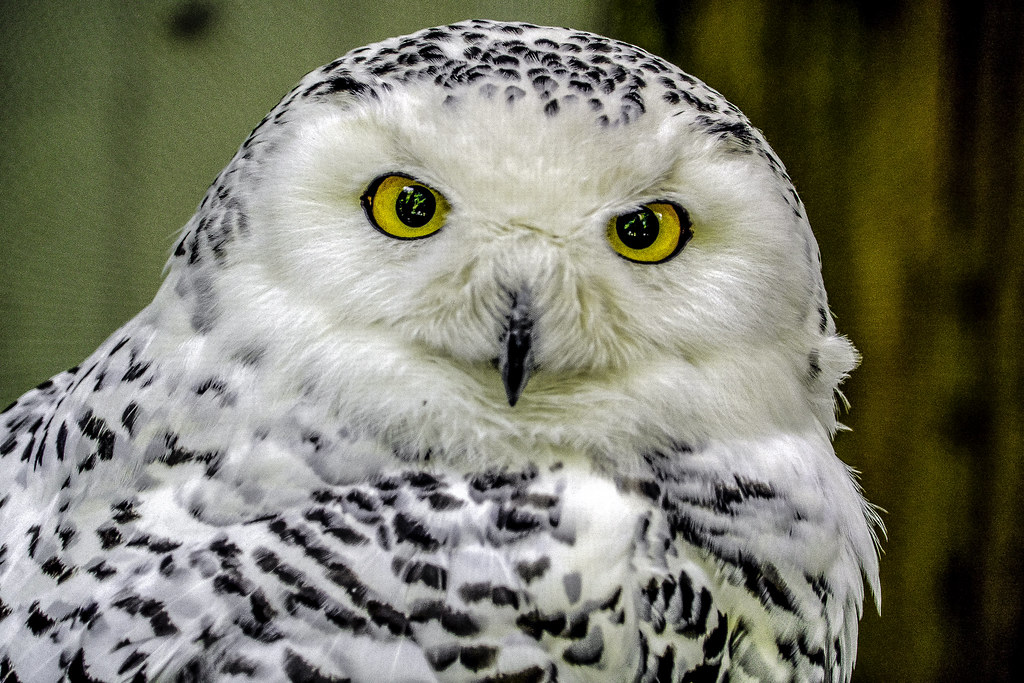
Snowy owls (known as snowy because of the striking white feathers) once thrived across the Arctic. But as climate change melts the ice, their main food—lemmings—is becoming scarce. These owls now have to travel farther south to find prey, and they often come into conflict with humans. As symbols of mystery and beauty, their struggle is a powerful reminder of the growing impact of a warming planet.
House Sparrow – The Vanishing City Dweller
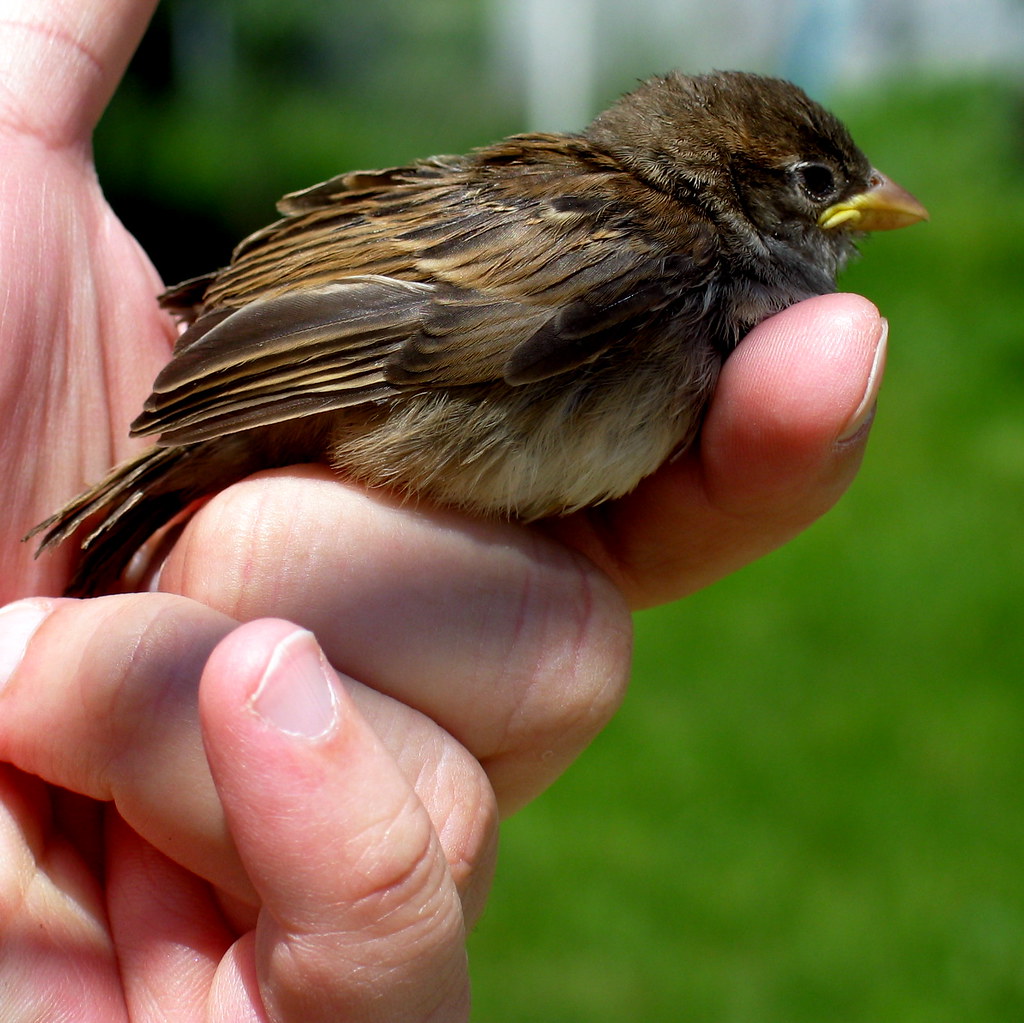
It’s hard to imagine cities without the chirpy house sparrow, but it’s sad to say that their numbers are dropping fast. These birds thrive on human scraps, yet modern urban life—less greenery, fewer insects, and more pollution—is driving them far away. In some countries, sparrow sightings are now very rare, sparking movements to bring them back. Who knew we’d someday miss their chatter?
Barn Swallow – The Acrobat of the Sky
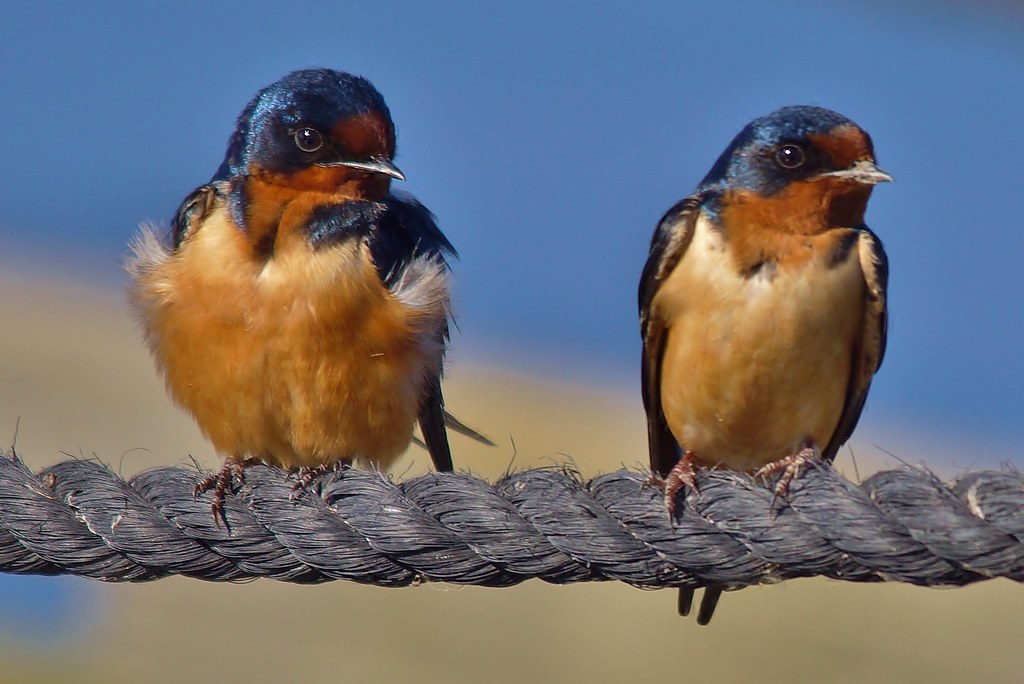
Known for their swooping flights and mud-cup nests, barn swallows are nature’s pest controllers as they eat mosquitoes and flies. However, their numbers are declining as agricultural changes and pesticides reduce insect populations. These birds also depend on barns and old buildings for nesting, but modern construction leaves them no safe spots to make their home. Their absence means both fewer birds and more bugs—a double trouble!
Wood Thrush – The Forest’s Songwriter
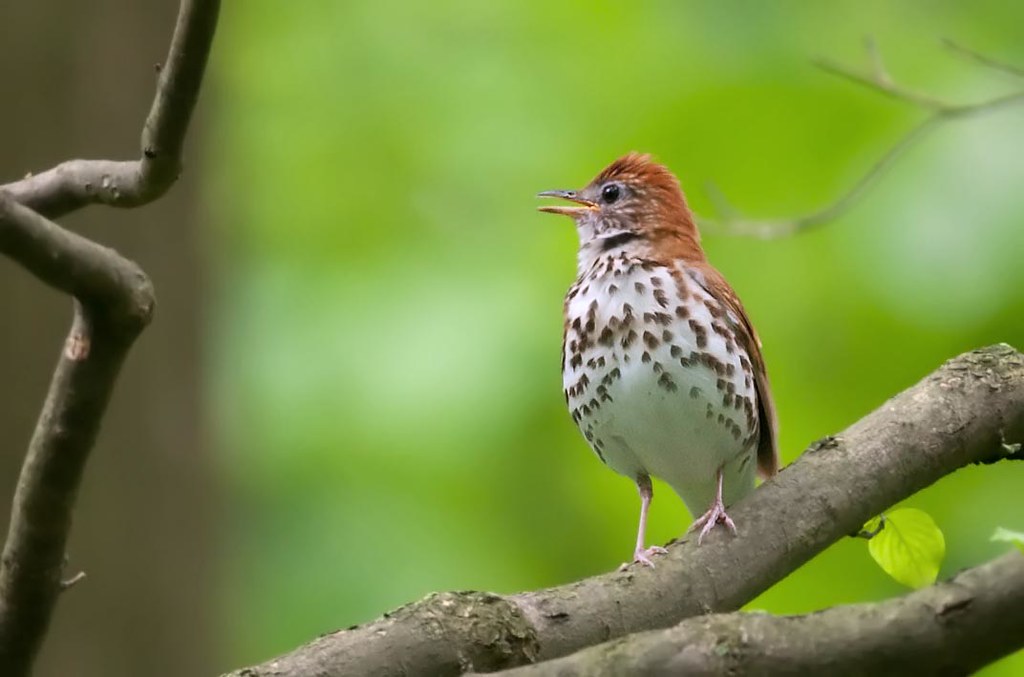
If Forests had soundtracks, the wood thrush would be the star composer. Its flute-like songs used to echo across the whole of North America, but deforestation has silenced many of them. What’s fascinating is their reliance on shade-grown coffee plantations during migration. By choosing bird-friendly coffee, you’re helping save this natural musician.
Regent Honeyeater – Australia’s Jewel in Trouble
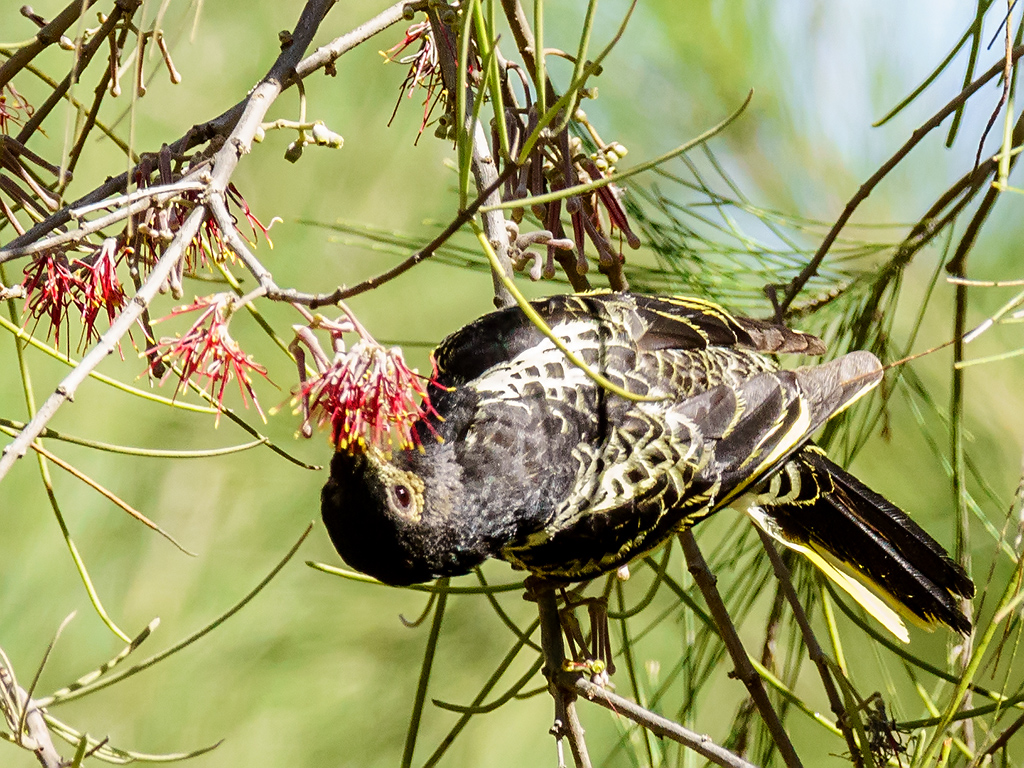
With its dazzling black-and-gold feathers, the regent honeyeater was once known as the crown jewel of Australian forests. Now, they’re so rare that some young birds don’t even know their own songs—there aren’t enough adults to teach them. Conservationists have stepped in to play recordings, giving these birds a chance to rediscover their voices.
African Penguin – The Beach Bird in Peril
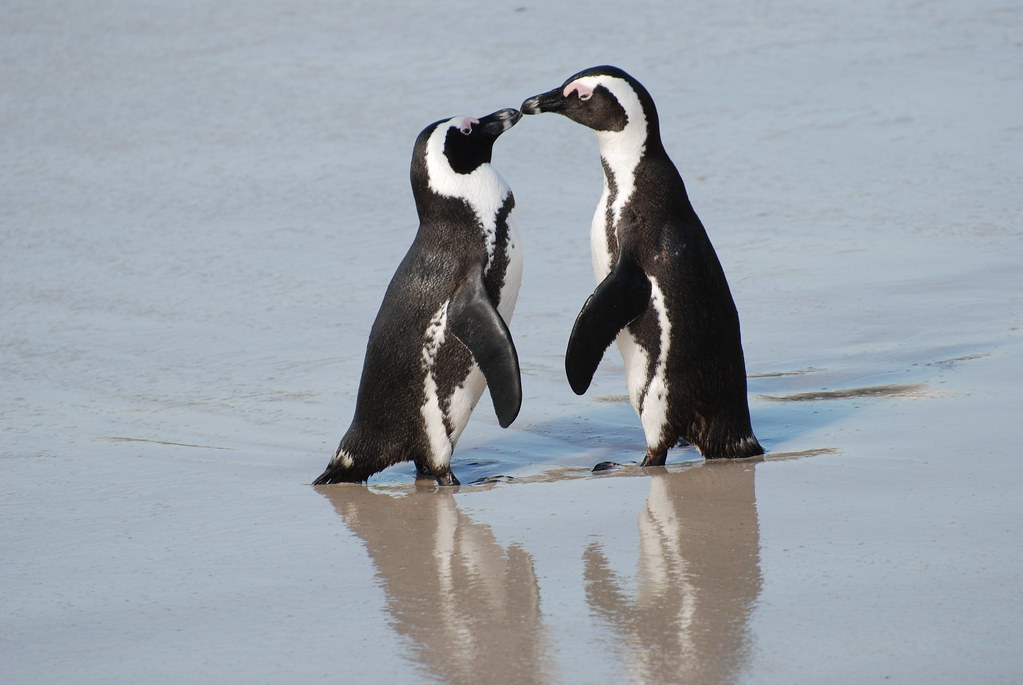
African penguins used to cover beaches along southern Africa, waddling in large, noisy colonies. Today, their calls are fading as overfishing leaves them hungry. These penguins are also victims of oil spills, which coat their feathers and make swimming deadly. Some conservation efforts involve hand-rearing chicks and cleaning up their beaches.
Indian Vulture – The Clean-Up Crew Under Threat
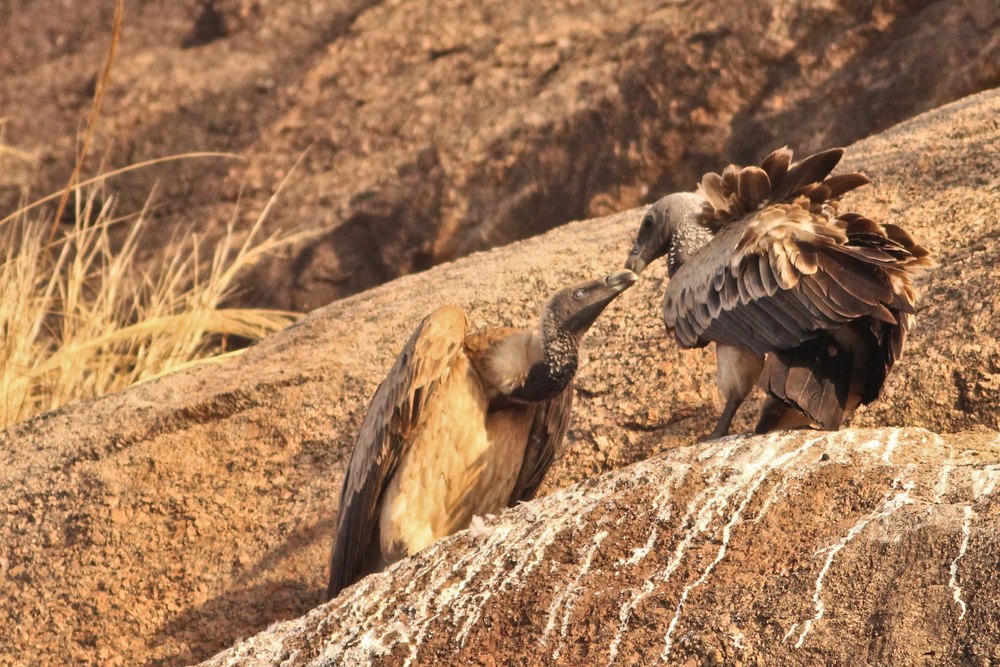
Indian vultures used to be the unsung heroes of nature, cleaning up carcasses and preventing disease. But a veterinary drug called diclofenac, used in livestock, turned their food into poison. Their numbers plummeted by over 95% in just a few decades, leaving ecosystems unbalanced. Efforts to ban the drug and breed vultures in captivity are giving these scavengers a slim chance at recovery.
Great Bustard – The Gentle Giant
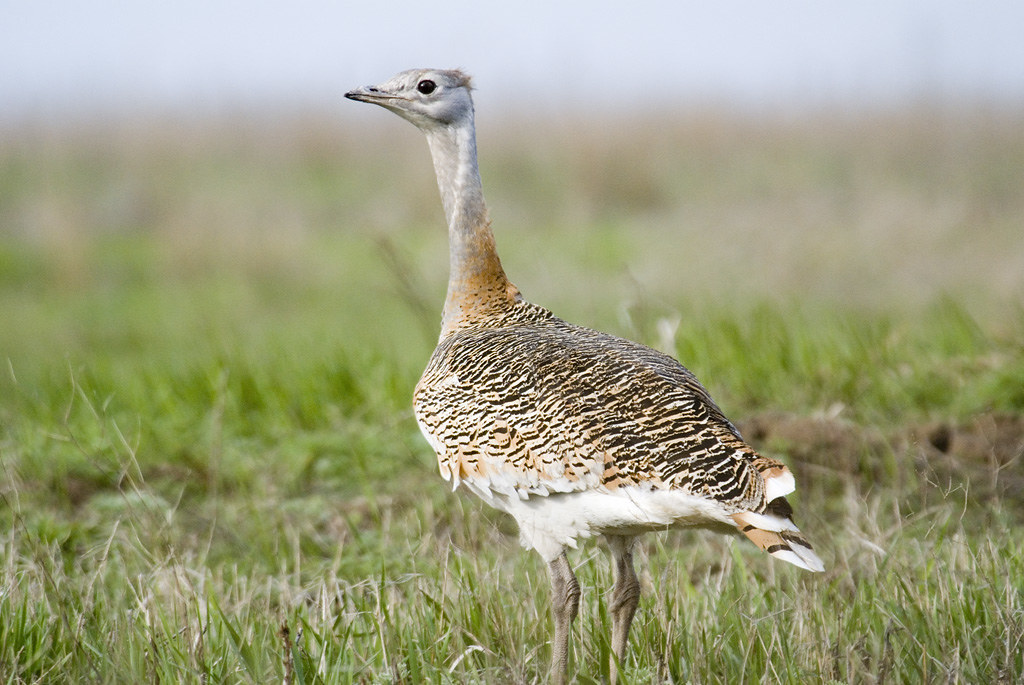
With a wingspan rivaling the condor and a stately strut, the great bustard is Europe’s heaviest flying bird. Once hunted for sport, these birds also suffer from modern farming practices that destroy their nesting sites. Male bustards perform elaborate courtship dances, puffing up their feathers like parade floats—a rare spectacle now at risk of disappearing.
Scarlet Macaw – The Rainforest’s Living Rainbow
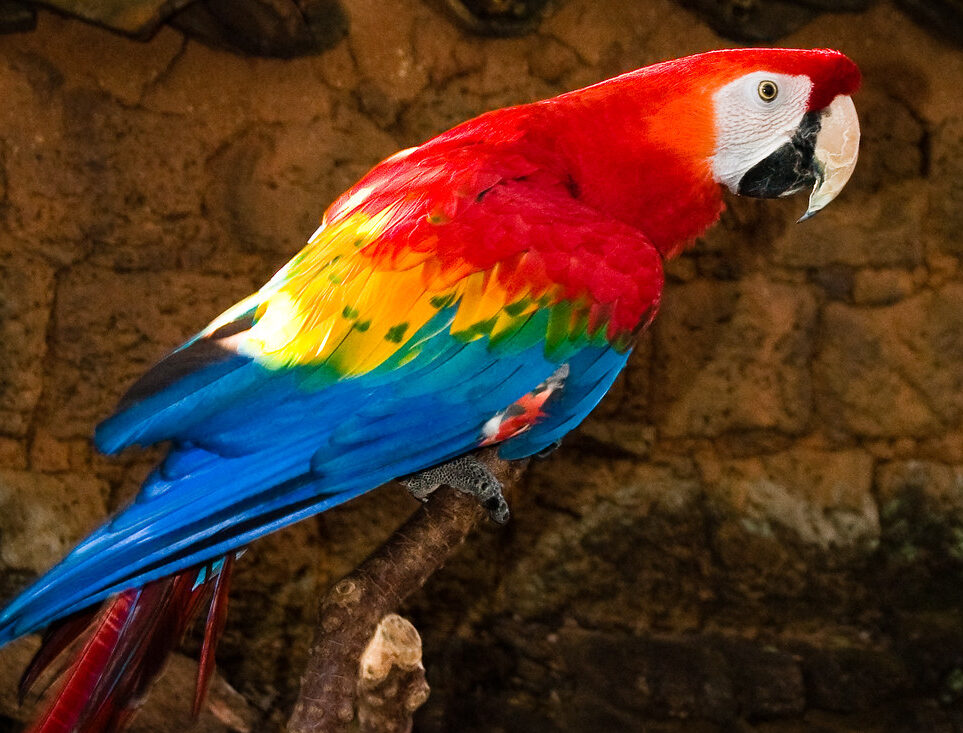
The scarlet macaw’s vivid plumage makes it a target for illegal pet traders, while deforestation is rapidly shrinking its home. These social birds mate for life, often seen flying in pairs or groups. In some places, conservationists are planting “macaw highways”—long corridors of trees to connect fragmented forests and give these beauties space to thrive.
